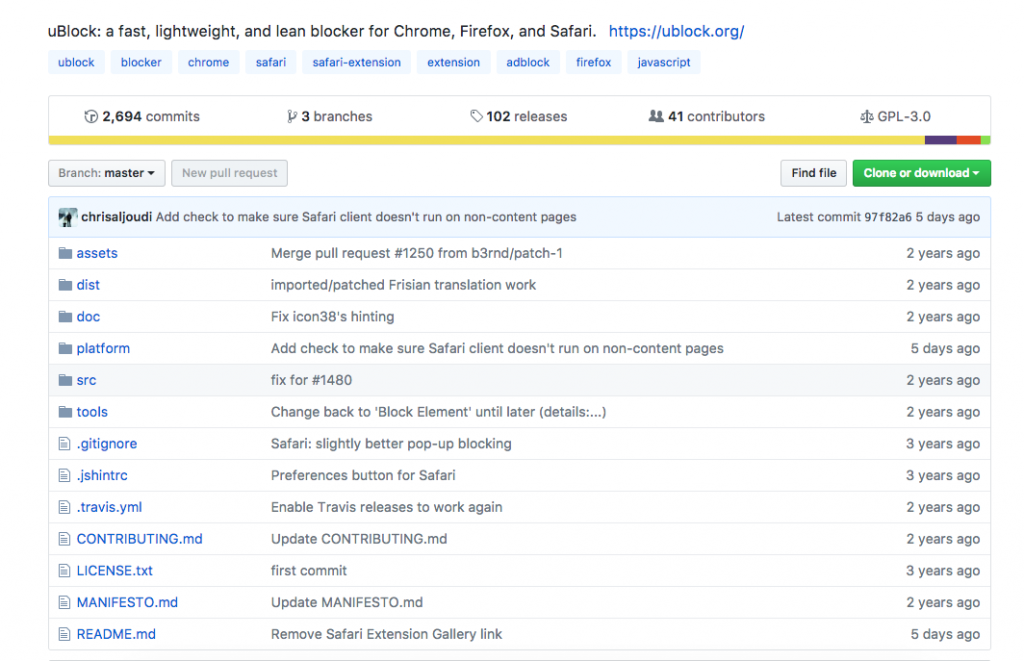Blockchain: Demystifying the Tech of the Future
By Alex Batty, MHI Marketing Communications Coordinator |@mhi_alex
Blockchain.
It’s starting to be quite the buzzword. And it has a large potential impact on supply chain. The word is that it is coming – so we thought we’d help you be prepared.
So what is blockchain? That’s… kind of hard to answer. So I hearkened back to grad school days and hit the books (digitally of course. I am a Millennial). And it was hard to wrap my brain around. I read all kinds of articles (and I still don’t understand how Bitcoin is assigned value), but I finally found a video that helped it all click.
Now I’m going to try and explain it to you.
In an effort to have this make sense, my brain needs to draw comparisons to things I’m already familiar with. So get ready for mixed metaphors, malaphors, and patch-crossed imagery as I try to explain how this works.
Blockchain, uber simplified, is a digital ledger, recording… well, records. Blockchain is to ledgers as Google Docs are to paper files (sort of). The key difference between a Google Doc and something in a block chain is that while all the blockchain users can see the ledger live, old information can’t be changed. Any updates to the blockchain are kind of like using super encrypted track changes.
Instead of overwriting the old information, new information is added as a new block and tied to the old information. This creates a log of changes, kind of like Github’s log of changes, but it can’t be changed or hacked (easily).
Why can’t it be hacked? Like Google Docs, this information exists in the cloud, but rather than being stored in one central location (some Google server somewhere) multiple identical copies are stored on unrelated, but connected servers connected by those participating in the blockchain.
Verification of the information is done by copies and cryptography. Each ledger entry has a unique key that is tied to it, and is independently verified by the hub that the information is pulled from. Each new ledger entry takes all the information from the previous entry, including the unique key, and creates a new key. These interlocked keys create a chain that ties the information together. If you try to change or remove one of the chains, it becomes very apparent to all users in the rest of the chain. On top of that, each hub in the block chain stores an identical copy of the data that is instantly updated when a new block is added to the chain. So not only does someone have to hack the individual hub, but they also have to hack back through the chain, and then change the information through the whole network.
Returning to our poor little extended metaphor, the documents stored in blockchain become kind of like books in libraries around the world. Trying to hack and change block chain is kind of like me wanting to rewrite the ending of Moby Dick. I’d have to go find each copy of the book ever made, tear out the page, reproduce it with my new information, and rebind the book. I’m never going to be able to get to all the copies, especially before someone reads the original or publishers roll out a new edition. Plus the books are made from steel, and difficult to actually change.
Did this make sense? Kind of? Okay.
Blockchain is looking like the future for supply chain because it’s connected and secure, falling in line with next generation supply chains: digital, on-demand, and always on. It might be a good idea to start studying now, because we so rarely get a chance to prepare to supply chain changes rather than just reacting. Good luck and happy material handling!
(I watched/read a lot of sources to try and understand blockchain. This was the most helpful – Blockchain: Massively Simplified | Richie Etwaru | TEDxMorristown. It’s a little slow to get going, but the good stuff starts to come in around 7:00. Thanks TED Talks.)






